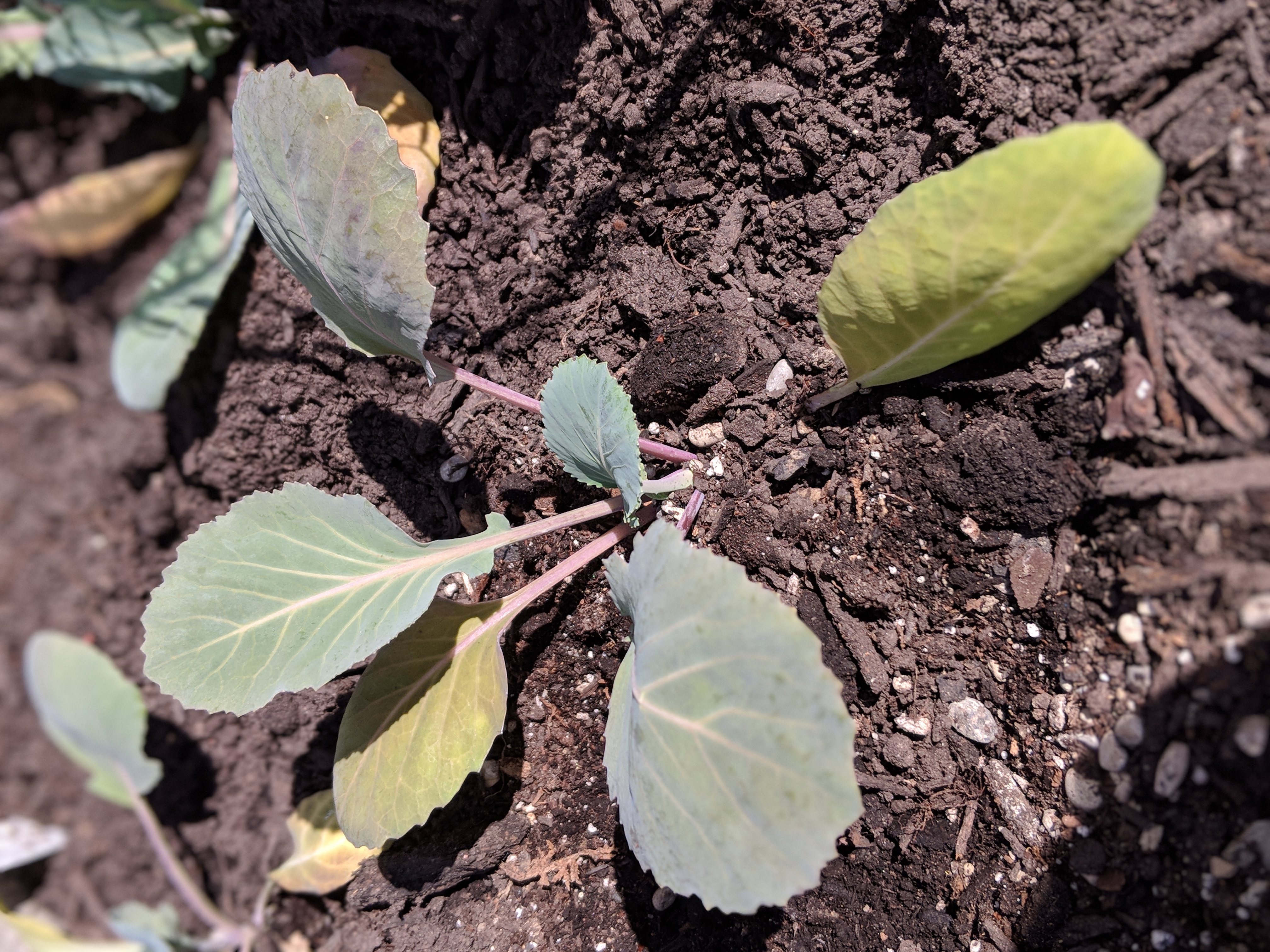As other outdoor gardening chores wind up for the season, now is the perfect time for Bedford homeowners to focus on building that dream lawn. Mowing, fertilizing and weed control during the month of October has a direct impact on how well turf grass fares over the winter. It affects how fast it greens up in the spring and how beautiful it will look next year.
Fall Mowing Basics
- By October, many Bedford residents are entering their seventh month of mowing. The joy may be gone, but resist the temptation to abandon mowing chores altogether. The grass will continue to grow as long as daytime temperatures remain above 55 degrees Fahrenheit. Leaving grass too high throughout the winter encourages snow mold and rodent damage.
Follow these fall mowing tips for a thick, healthy lawn:
- To encourage deep roots, cut grass to a height of 3 to 4 inches.
- Avoid stressing grass by not removing more than 1/3 of the length of the blades at a time.
- If necessary, sharpen blades to ensure a clean cut.
- To evenly distribute grass clippings, don’t cut wet or dew-covered turf.
- Mulch or remove fallen leaves regularly to allow light to reach the lawn.
- Continue mowing until grass stops growing.
Fall Weed Control Guidelines
October is the best month for controlling perennial broadleaf weeds in Northeast Ohio lawns. As ambient temperatures begin to fall, these perennial weeds prepare for winter by storing carbohydrates in their roots. Fall applications of herbicides are more effective as these chemicals get transported from the foliage to the roots alongside the carbohydrates.
- To kill a wide variety of weeds, choose a product containing two or more herbicide compounds.
- Apply perennial broadleaf herbicides when daytime temperatures are between 50 and 85 degrees Fahrenheit.
- Avoid damaging ornamental plants by applying herbicide sprays when wind speeds are less than 5 mph.
- To promote absorption by the weed foliage, apply granular herbicides to wet or dew-covered lawns.
- To give the herbicides time to work, don’t mow the lawn for 3 to 4 days before and after herbicide application.
- To prevent damaging the turf and the environment, always follow manufacturers guidelines when applying herbicides.
Fall Lawn Fertilization Tips
If Bedford homeowners only fertilize their lawns once per year, late October or early November is the ideal time. By then, turf growth has slowed down or stopped for the year, but the roots will continue to grow and benefit from the added nitrogen. Fall fertilization boosts energy storage and helps grass green up quicker in the spring without the excess growth that results from spring fertilization.
- Use a fast release fertilizer formulated for lawns.
- Apply a maximum of 1 pound of nitrogen per 1,000 square feet.
- Apply fertilizer when the grass is still green.
- To improve take up, ensure the ground is moist.
Caring for grass in the fall produces green, lush, weed-free lawns in the spring.






